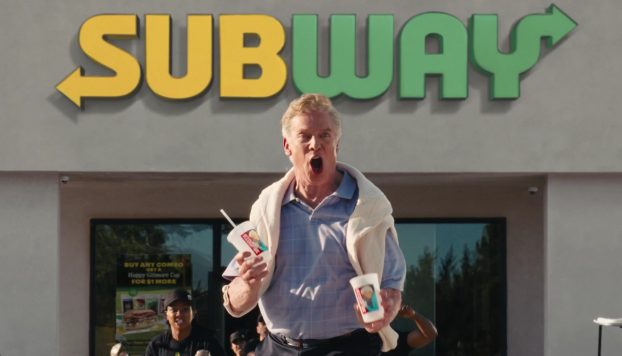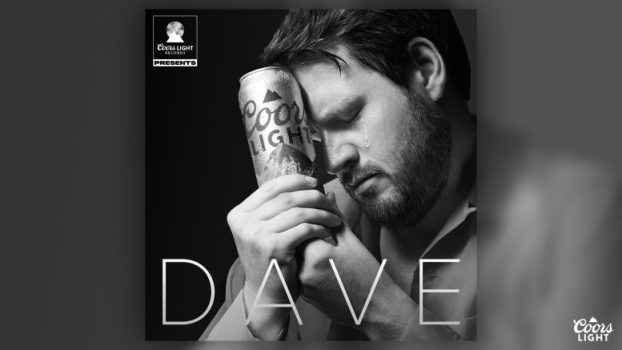Strategy started life in interesting times. In 1989, NAFTA began, and the Berlin Wall crumbled. That year was also noted as the warmest on record and linked to the Greenhouse Effect, and the Montreal Protocol to end ozone depletion began. In Japan, Toyota launched Lexus, while in the U.S. Yugo Cars went bankrupt and Ford bought Jaguar. The U.S. government gave a $150 billion bailout to saving and loan associations. Some things haven’t changed so much.
Marketing back then meant advertising, and ads were slickly produced 60-second TV spots with 30-second cut-downs. Commercial directors were the rock gods of the industry, and commercial production companies were mini-studios replete with wardrobe, camera dept. and trucks. But ad folks were a little freaked as the country headed into a recession and everything changed.
The demise of the commercial production fiefdoms illustrates many things, from the crackdown on perceived excess to the real conversion to an integrated marcom approach (which had a very long gestation period during which it was preached by many, but truly practiced by few).
No wonder then, that when we asked some of Canada’s top ad minds to pinpoint the events that had the most industry impact over the last two decades, they were hard-pressed to find anything earth-shaking until more recently. During the early years it was still all about traditional marketing – not all that different from the Mad Men era, just with less attractive wardrobe options and additional substances to abuse. Suddenly, in the last decade, everything changed, and the pace is accelerating as we hurtle into the social media-centric, CSR-savvy, big-media-battering next decade.
As we celebrate our 20th birthday coming out of a recession, while pretty much everything else has changed in the interim, people are still a little freaked out: about the economy – specifically, what level spending will normalize at – and about marketing and advertising in general – specifically, how to process and adapt to the new realities.
The rate of change in recent years has been so dramatic that in this issue’s Forum section, our long-time columnist/former Cadbury marketing honcho John Bradley suggests asking ad vets how they used to do things, then do the opposite. It’s so hard to keep tabs on all the tech- and digi-enabled ways to connect with consumers, some agencies have hired people just to keep track of it all. (If you haven’t yet added your own in-house digital strategist/futurist, check out the Back Page, where Faris Yakob brings us all up to speed for 2010.)
In the spirit of user-generated everything and to get a graphic take on the massive change the industry has gone through since strategy launched, we held a 20th anniversary cover contest. We asked some of Canada’s top agencies to design a cover that conveyed the evolution, and as you can see, the winning concept from Sid Lee spoke to the mindset shift, the conversational change that has taken place rather than the technology enabling it. That shift – from talking at a blurry faceless horde called Consumer to communicating with individuals as intimately-known brand partners – is at the heart of so much of the change affecting marketing.
Brands like Frito Lay and Nissan are incenting consumers to create everything from products to advertising, as evidenced in programs from two of our Marketer of the Year contenders – Tony Matta and his winning “Guru” work and Jeff Parent’s “Hypercube” foray, respectively. But it’s not all about the next new thing. The mission for Loblaw’s Craig Hutchison was to get back to the roots of what made his brand famous, and when you all voted, he tied with Matta as the 2009 Overall Marketer of the Year. What all five of our MOY contenders have in common is that they listened and responded. That’s one secret to success that hasn’t changed.
To see what else is working now, check out the Marketers of the Year profiles, and for perspective on how the revolution unfolded, read the 20-year reviews from Ken Wong, Nancy Vonk, Hugh Dow and Frank Palmer.
When you digest all the punditry and winning programs, you may conclude that to keep up in 2010, marketers need to more aggressively leap on opportunities, partner and collaborate more fully, listen to their consumers more and look back at quarterlies as a quaint notion.
Cheers, mm
Mary Maddever, exec editor, strategy, Media in Canada and stimulant























